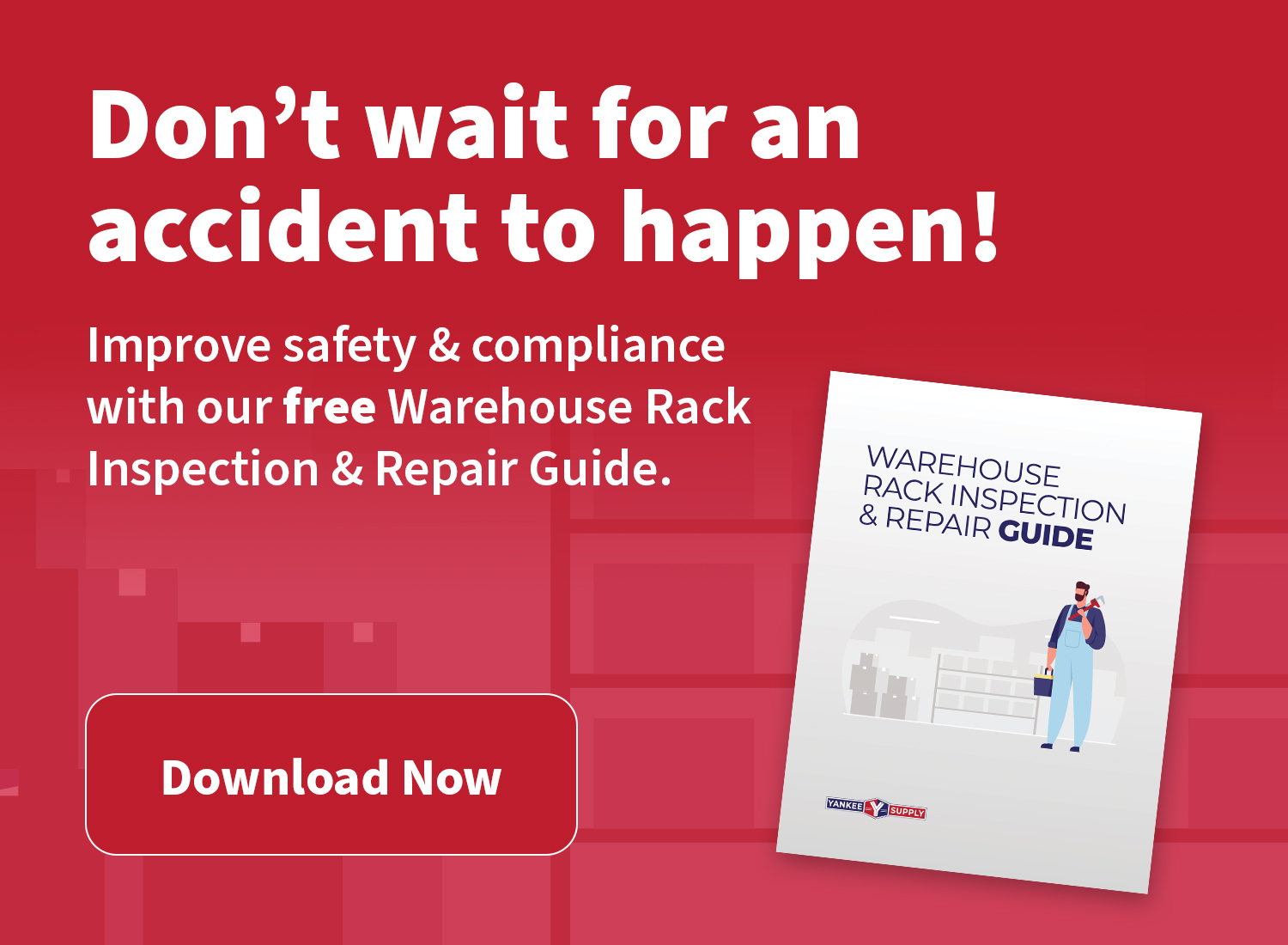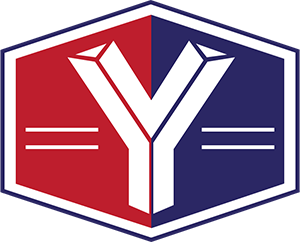A warehousing and storage business is one of the biggest businesses in the world.
With an increasing demand to warehouse and store goods, this industry has grown exponentially over time.
So how does a warehouse manager go about managing his warehouse? What are some of the most efficient ways to manage warehouse operations effectively? These are just some of the questions that are going to be provided in this article.
Warehousing and Storage
A warehouse is any facility that stores large amounts of goods. Warehousing and storage facilities can come in many different sizes, ranging from small mini-warehouses to massive industrial warehouses covering thousands of square feet. The size of the warehouse you have will determine whether or not you need help with the management or not. For example, if you only own a small warehouse, it would be easy to manage independently. However, if you have a warehouse that runs into thousands of square feet, it would be best for you to hire warehouse managers and staff to help with the management.
Warehouses are required to do more than warehouse goods; they also need to keep track of their inventory, store items safely so that they don’t get damaged, and do the bookkeeping for all these activities.
What Is Warehouse Management?
Warehouse management has nothing to do with how well you can drive a forklift or operate a pallet truck; it’s about managing all people in your warehouse so that they work together as one cohesive unit for optimum warehouse productivity.
A warehouse manager is responsible for the day-to-day running of your warehouse facility, ensuring that all tasks are completed on time, and reporting to senior management about warehouse performance. Some of the things you need to keep under control as a warehouse manager are keeping track of inventory levels, including receiving and shipping products, coordinating warehouse labor, maintaining equipment, supervising the loading docks, carrying out stock checks, preparing warehouse schedules.
Warehouse managers don’t usually carry out physical work in the warehouse itself because it’s not necessary for them to do so anymore (they’re managing instead). However, they’re also expected to act as an assistant during busy periods where heavy lifting is required. In that case, they will need to have a certain physical strength and warehouse management skills.
Warehouse managers also need to know about warehouse security; they’ll need to make sure human resources – recruits – are hired and managed, and warehouse equipment – forklifts, pallet trucks, and other warehouse machinery – is maintained and used safely. In addition, warehousing has become more automated in the past few years, and warehouse management systems can automate many warehouse functions such as picking, shipping, receiving, and inventory control.
Warehousing managers must be able to manage people; they’re essentially driving a small business within your company that requires different talents than those needed by stock handlers or sales representatives.
How To Manage A Warehousing and Storage Business Efficiently
We will be going into the primary purpose of this article. These are some of the ways that can aid in efficiently managing your warehousing and storage company:
1. Create A Checklist
The warehouse is one of the most chaotic places you can ever imagine. There’s practically no system to it, and many different things need to get done every day. For example, warehouse staff members may need to move goods from one part to another. If these warehouse workers aren’t efficient in their work or don’t know what needs to be done daily, they will not perform well on the job.
This is why warehouse managers need to create checklists for warehouse staff members to ensure that everyone knows what needs to get done during their shift. This checklist should include all activities that need to perform within a warehouse, such as warehouse staff member tasks, warehouse equipment maintenance, warehouse surveillance checking, warehouse security procedures, warehouse reporting procedures (if needed), and warehouse computerization procedures (if applicable).
Warehouse managers need to know each warehouse worker personally to hire people who fit the job description. This means warehouse managers need to interview all prospective workers to get a good idea of what kind of employees they want in their warehouse. After hiring, warehouse managers should perform extensive on-the-job training for new hires to learn all skillsets necessary. Warehouse managers will also be responsible for monitoring worker performance. They should supervise every single activity done by every worker at all times. This ensures that warehouse workers aren’t shirking on their duties, and warehouse managers can help them focus on their warehouse tasks more efficiently.
3. Keep Track Of Inventory Levels And Manage Inventory Orders
One of the key roles warehouse managers need to perform in warehouse management is keeping track of inventory levels. These inventory records should be updated on a regular basis so that warehouse managers know when they need to order more items in case there’s a shortage between deliveries. Even if warehouse managers don’t place all orders themselves, they will still need to approve warehouse orders and work out logistical arrangements with vendors or shipping companies.
Even after warehouse managers have created warehouse protocols, they need to track warehouse activity so that warehouse managers can accurately keep inventory levels up to date. In addition, knowing what warehouse equipment is being used when and by whom will help warehouse managers assign warehouse staff members tasks more efficiently. In addition, if warehouse managers consistently monitor past warehouse operations, they’ll be able to see which warehouse procedures aren’t working and how they can improve these problem areas.
4. Create Warehousing and Storage Schedules And Use Worker Time Efficiently
Warehouse managers need to create warehouse schedules from time to time. These warehouse schedules should detail warehouse worker activities for every shift on the warehouse floor. For example, warehouse managers need to know how many people are necessary for each warehouse section on a specific day at a particular time. In addition, warehouse managers need to consider scheduling warehouse workers, including staff lunch breaks, safety procedures (if any), and warehouse surveillance checking protocols (if applicable).
5. Customize Your Work Environment To Suit Your Warehousing and Storage Company
Warehouse managers must ensure their workplace is efficient for warehouse staff members. This means they will have to create stand-up desks if their employees are required to move around the warehouse all day. They may also install screens if there are security cameras in place so that warehouse staff members can easily see what they’re being monitored doing.
6. Establish Warehousing and Storage Procedures To Help Manage A Business Successfully
Warehouse managers need to establish warehouse procedures so that warehouse staff members know exactly what they should be doing on a daily basis. For example, warehouse managers will have to specify how long warehouse staff members can lunch for and where they need to clock in when they arrive in the morning. This warehouse procedure ensures that warehouse workers aren’t clocking in on time they’re not working, and warehouse managers can help them work more productively. By creating various warehouse procedures for their employees to follow, warehouse managers will maintain consistency in the workplace while also making it easier for everyone in the warehouse. In addition, it will enable them to do their jobs without any problems that come from miscommunication or confusion about what warehouse staff members should be doing while warehouse managers are not overseeing them.
7. Create Security Protocols To Protect Your Warehouse And Workers
One of the essential warehouse manager roles is creating warehouse security protocols for warehouse staff members. These warehouse security protocols should include all activities warehouse staff members are allowed to perform. In contrast, the warehouse consists of what equipment they are allowed to use, surveillance checking procedures (if applicable), and general warehouse safety procedures.
8. Establish Reasonable Warehouse Surveillance Checking Procedures To Help Manage A Business Effectively
Suppose there are security cameras placed in a warehouse. In that case, warehouse managers need to create reasonable surveillance checking procedures for their employees so that no one feels like they’re being watched all the time. This warehouse procedure should detail what warehouse staff members are allowed to do. In contrast, warehouse managers observe them (such as clean) and what warehouse staff members aren’t allowed to do (such as talk or take unauthorized breaks).
9. Accommodate Warehouse Staff Members And Help Them Do Their Jobs Efficiently
Warehouse managers need to be mindful of warehouse staff members’ needs at all times. For example, warehouse managers may need to create a quiet area where workers can take their breaks if there’s loud machinery operating nearby. They may also install water dispensers near warehouse worker break areas so that warehouse staff members don’t have to walk too far if they get thirsty.
10. Create Reliable Systems To Track Warehousing and Storage Activity
For warehouse managers to track warehouse activity reliably, they will have to create warehouse management systems that include software programs to monitor all past and present warehouse operations. For example, warehouse managers may want to use a warehouse management system that allows warehouse staff members to place warehouse inventory requests. That way, warehouse managers can monitor warehouse worker progress on inventory orders, and warehouse managers can track warehouse equipment usage.
11. Inventory Management Software And Warehouse Equipment Usage Tracking Procedures Help Manage A Business Effectively
For warehouse managers to efficiently manage warehouse equipment usage, they should consider using software programs that allow them to monitor all past and present warehouse operations. For example, if there’s a forklift used in the warehouse, it might be helpful for warehouse managers to use software programs that track how long each forklift has been in use so there isn’t overuse. This warehouse software can also help warehouse managers track warehouse equipment usage to know how many warehouse staff members should be assigned to each warehouse piece of equipment at any given time.
To Conclude
Warehouse managers should take every opportunity they can to manage warehouse and storage businesses efficiently. This will not only help warehouse managers do their jobs more quickly and easily, but it will also benefit warehouse staff members by making warehouse work easier for them as well.
If you’re a warehouse manager, one of your most important roles is creating warehouse security protocols for warehouse staff members. These warehouse security protocols should include all activities warehouse staff members can perform while inside the warehouse, including what equipment they are allowed to use, surveillance checking procedures (if applicable), and general warehouse safety procedures. In addition, it’s also necessary for you to create reasonable surveillance checking procedures so that no one feels like they’re being watched all the time and create warehouse management systems that warehouse staff members can use to track warehouse inventory. Finally, suppose warehouse managers take every opportunity they can to manage warehouse and storage businesses efficiently. In that case, warehouse managers will be able to do their jobs quickly and easily, warehouse staff members will benefit from the more accessible warehouse work, and warehouse companies will run more smoothly.












